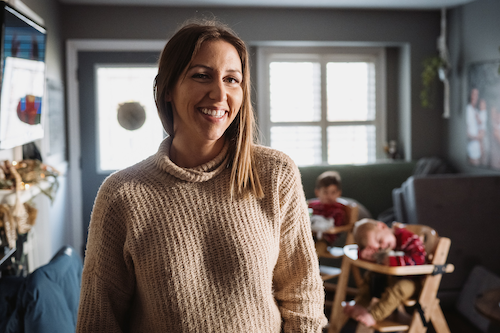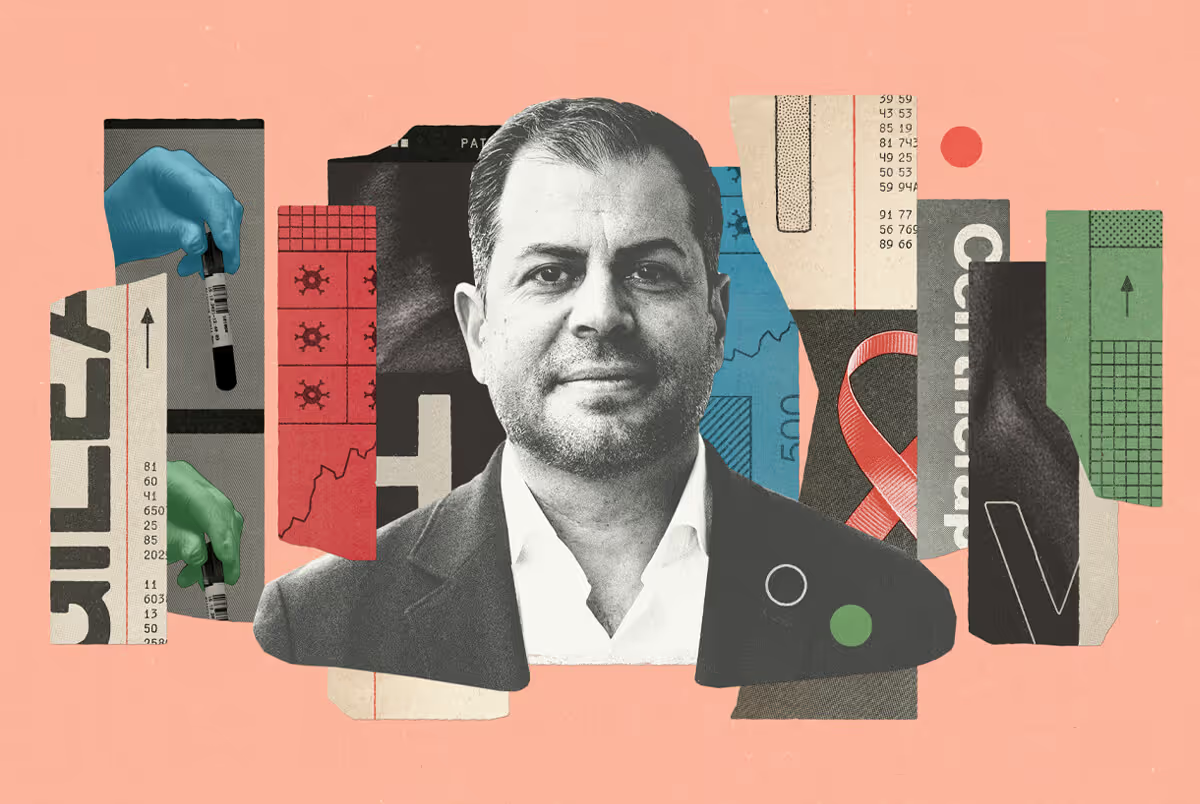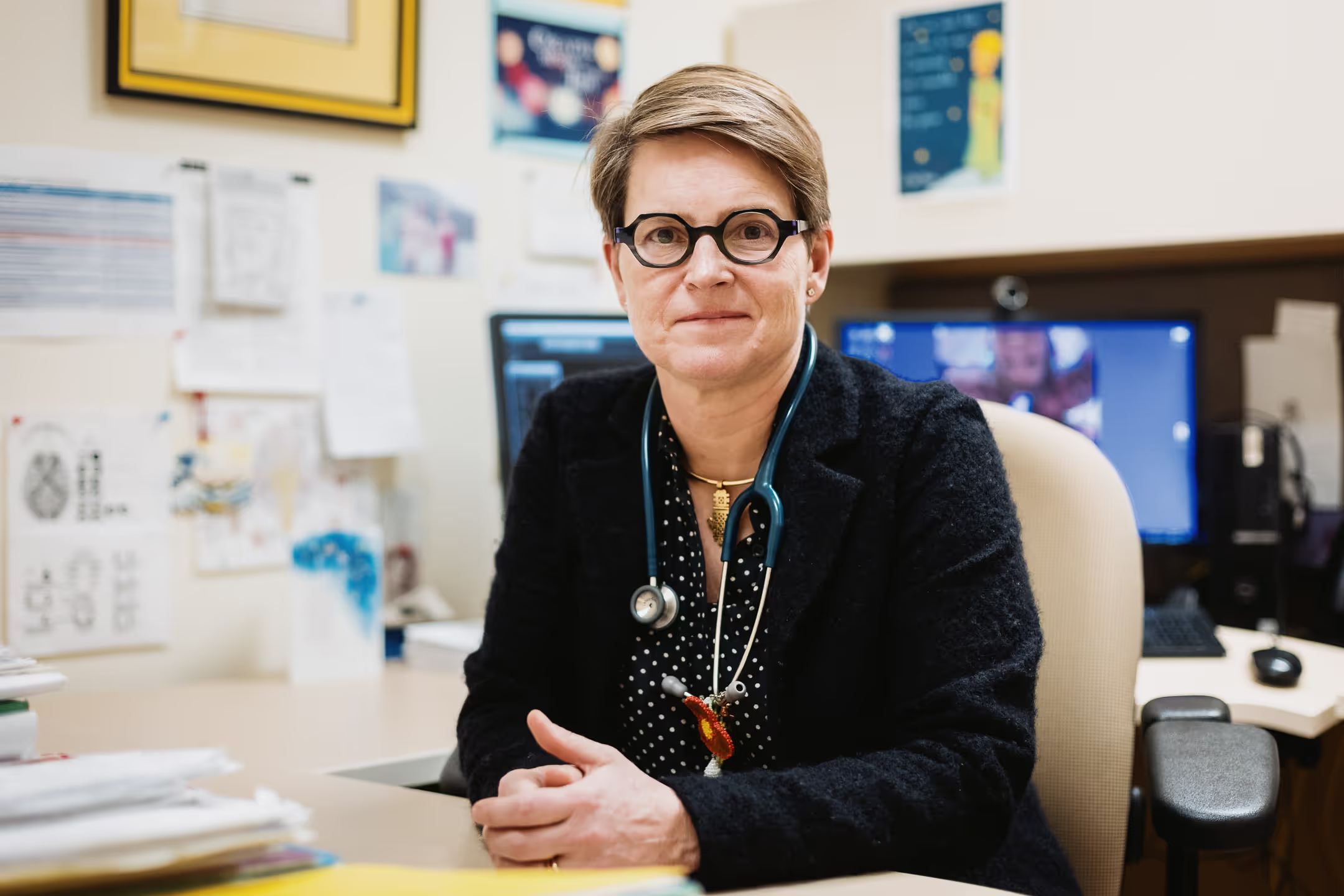“I was born with Crouzon syndrome, a genetic mutation that causes malformation of the skull. It made it difficult for me to eat, hear, and even breathe properly. But even as I went through surgery after surgery in my childhood years, receiving intervention for the medical difficulties of Crouzon, one of my biggest challenges was right there on my face. I didn’t look like other kids.
Having a facial difference can be so hard for a child. I had the biggest support system, the best family and friends, but it was very difficult for me to be in public, especially at school. I was bullied. People would stare, make comments, and point at me. They thought there was something wrong with me. I was something for other children to be afraid of.
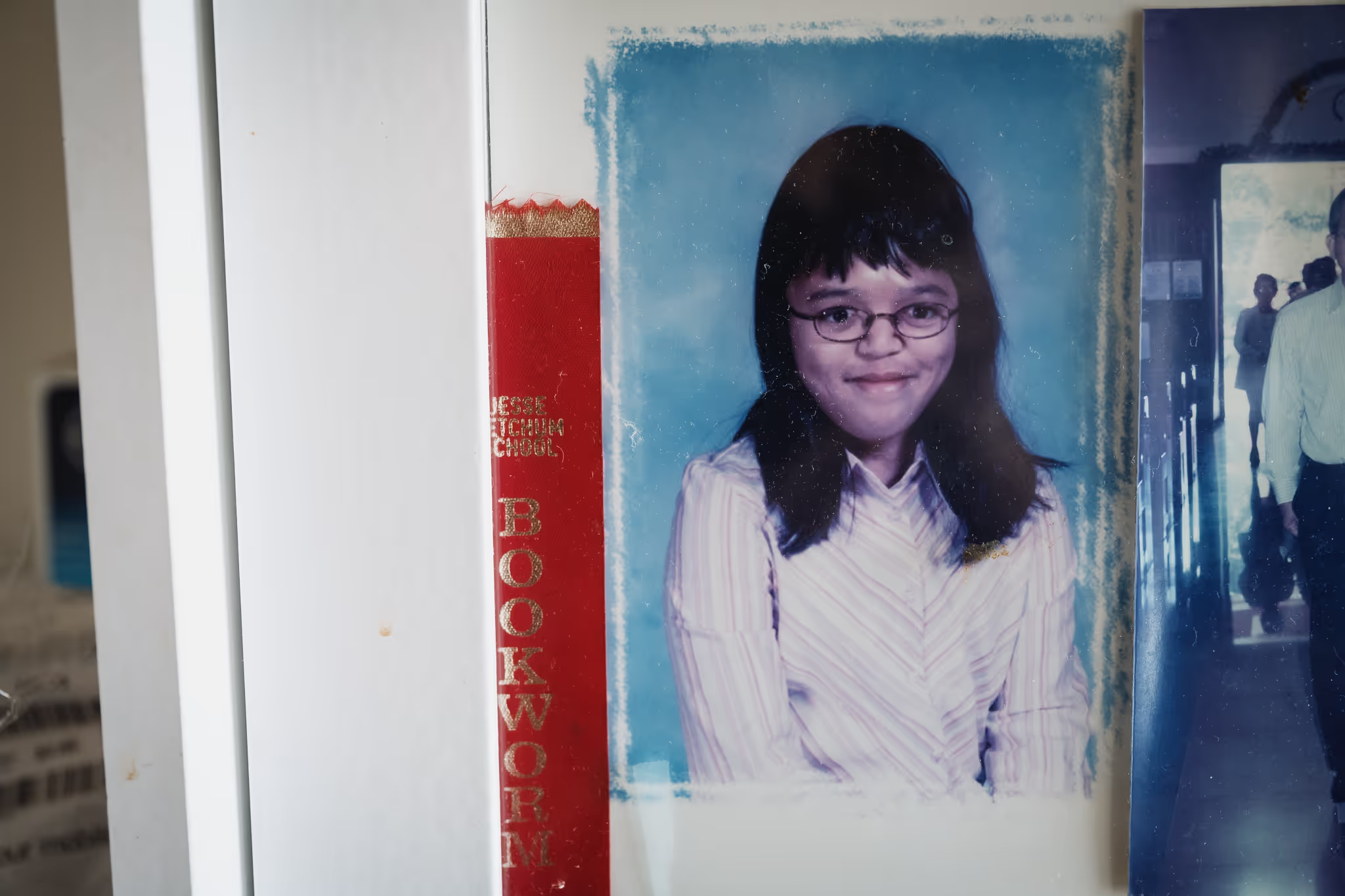
When I was eight years old, I was introduced to AboutFace, an organization dedicated to providing psychological, social, and emotional support to those with facial differences. That’s when my life really started to turn around. And, when I was in high school, I attended Camp Trailblazers, a camp specifically for kids with a facial difference. It was the first time I felt like I belonged somewhere. I could talk openly about my feelings with others who were going through the same thing. I could put my hair up in a ponytail and stop hiding.
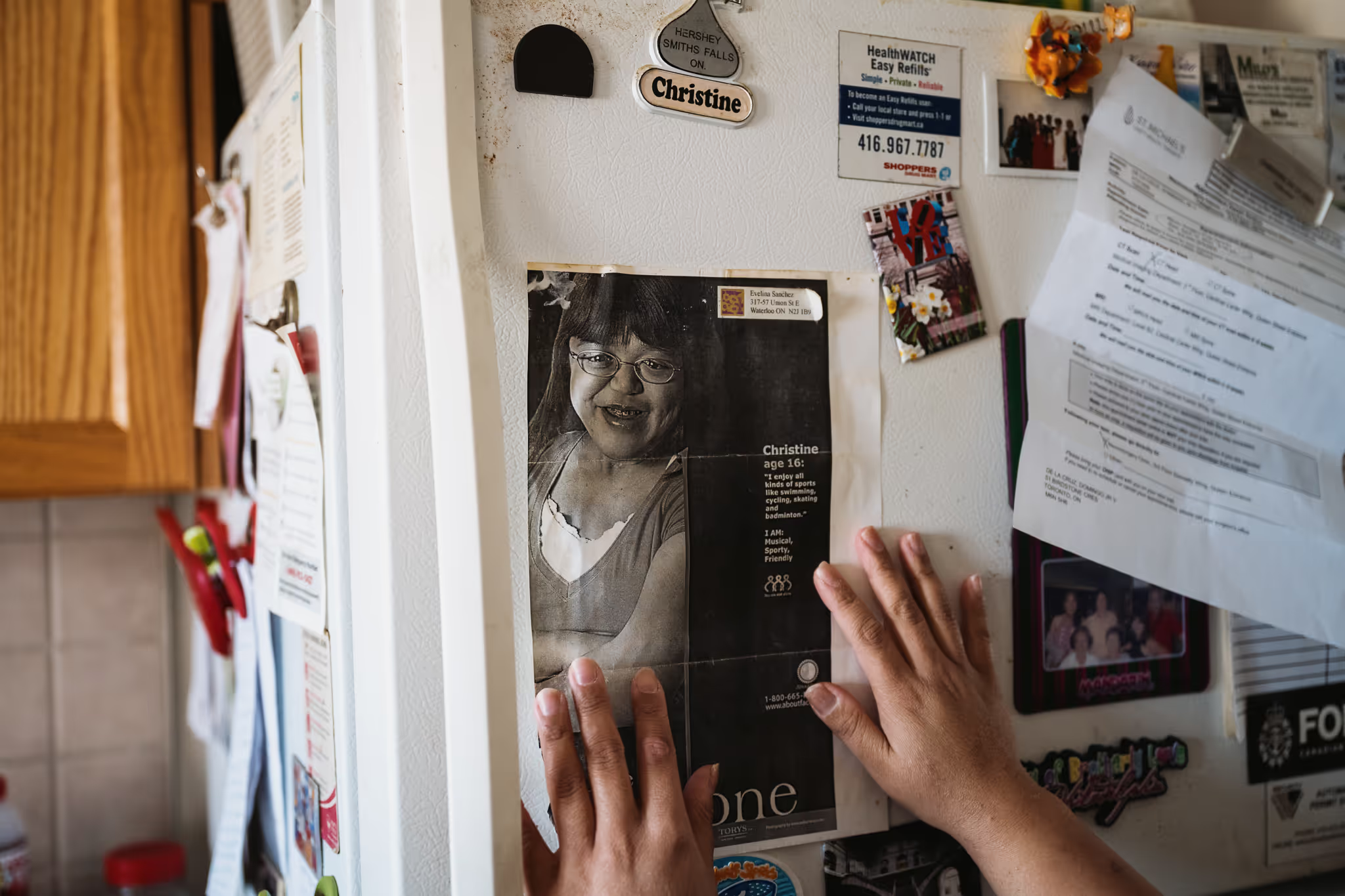
From that point, I learned to live with confidence. I found a more positive outlook and learned how to talk about my facial difference. I’ve learned to take situations that were scary for me, like meeting new people or running for student council, and turn them into opportunities to show what I’m made of. Yes, I look different. But look what I can do. Look how strong I am, how ambitious I am.
“We’re all different, I tell them. Some people may look different. Some people may be different in other ways.”
Today, as a schoolteacher, I use my facial difference as a tool to teach my students about diversity and inclusion. We’re all different, I tell them. Some people may look different. Some people may be different in other ways. But you can treat everyone with respect. You can have empathy.
And they get it. Kids are amazing. I’ve seen students standing up for other kids in the playground. A little understanding goes a long way.”
%20(1).jpg)
